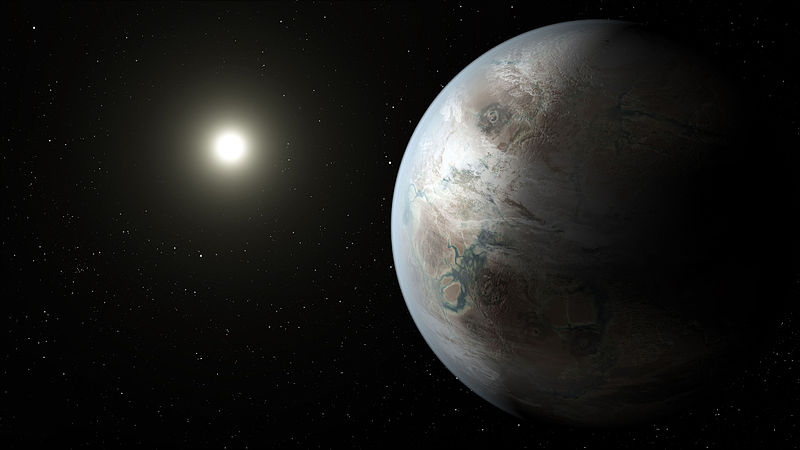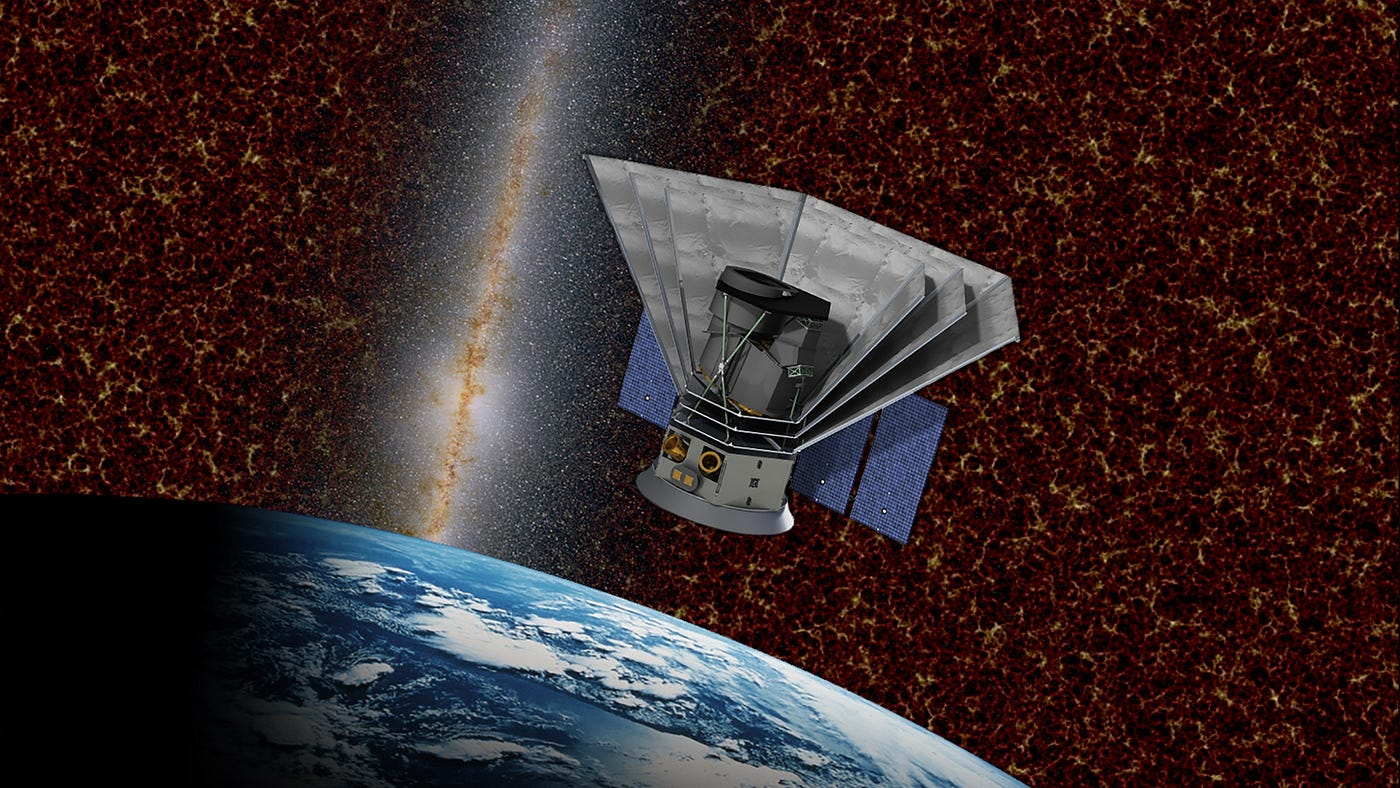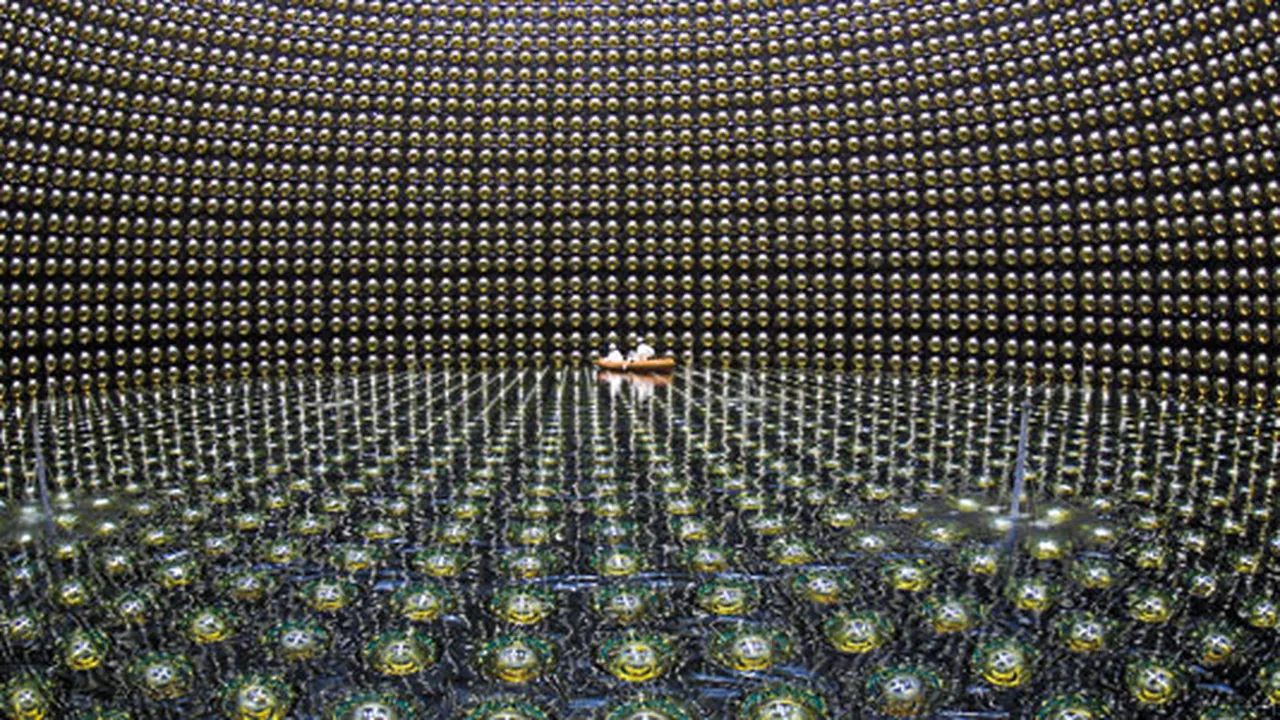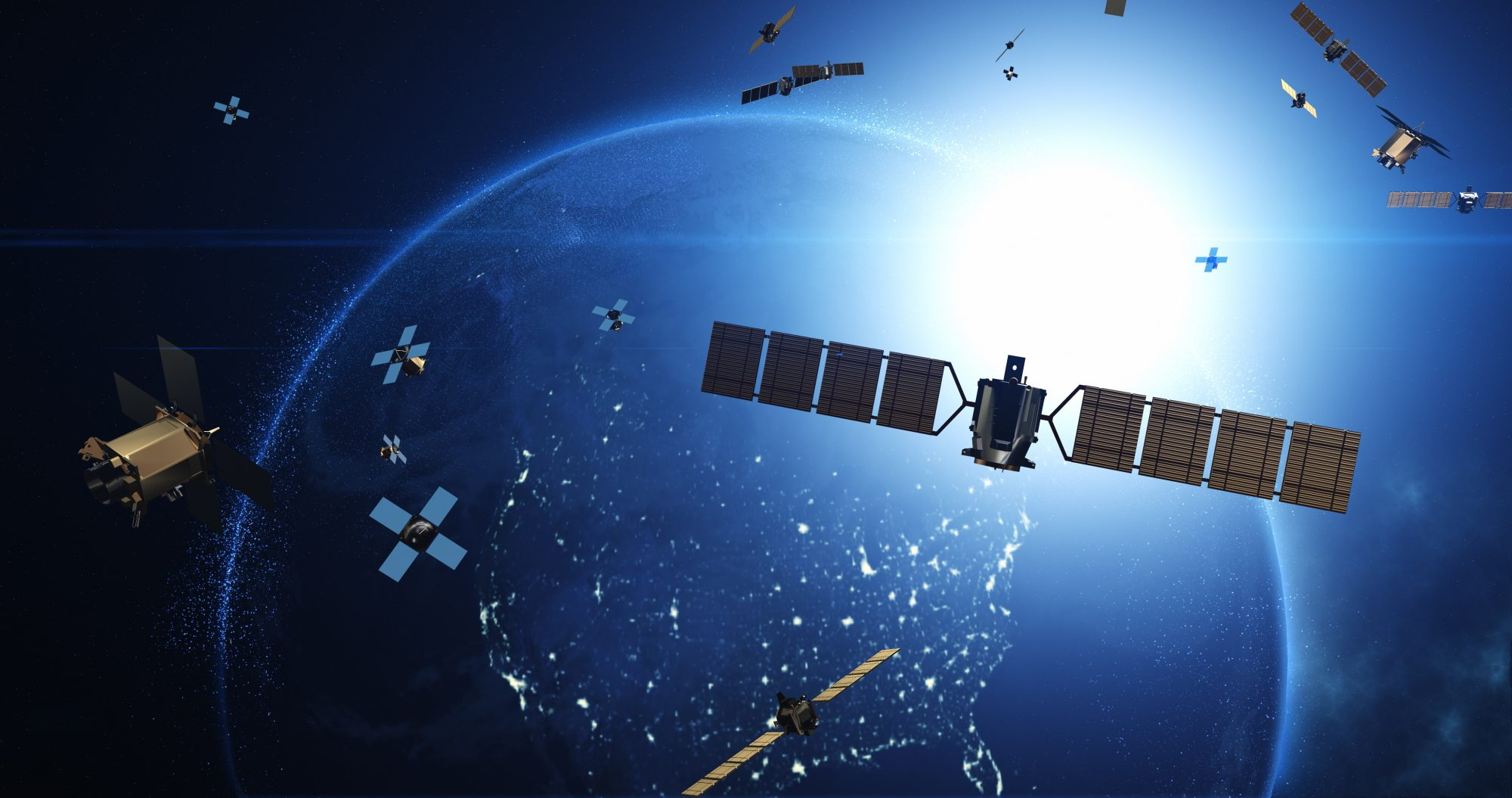zoomacademia.com – As humanity explores the cosmos, one of the most intriguing questions has always been whether there’s another planet out there like Earth—one that could sustain life as we know it. With advancements in technology, we’re getting closer to finding out. But what exactly would it take to find Earth’s twin, and have we come close yet?
What Makes Earth So Unique?
To find a true Earth twin, scientists look for planets that share specific characteristics:
- Right Size and Composition: Earth is a rocky planet with a solid surface, not a gas giant like Jupiter or Saturn.
- Optimal Distance from Its Star: Known as the “habitable zone” or “Goldilocks zone,” this is where a planet is neither too hot nor too cold for liquid water.
- Presence of Water and Atmosphere: Water is essential for life as we know it, and an atmosphere can protect life from harmful radiation and help maintain temperatures.
- Stable Climate: Earth’s climate has allowed for complex ecosystems to flourish over billions of years.
Where Are Scientists Looking?
Using powerful telescopes like the Kepler Space Telescope and the Transiting Exoplanet Survey Satellite (TESS), astronomers have identified thousands of exoplanets—planets outside our solar system. Each planet discovered brings us closer to understanding if Earth-like planets are common or rare.
The most promising systems have been:
- Proxima Centauri: The closest star to our Sun has a planet, Proxima b, in its habitable zone. However, it’s unclear if this planet has an atmosphere or liquid water due to high stellar radiation.
- TRAPPIST-1 System: Located about 39 light-years away, TRAPPIST-1 has seven Earth-sized planets, with three located in the habitable zone. Their proximity to their star makes them intriguing candidates for further study.
- Kepler-452b: Often called “Earth’s cousin,” Kepler-452b orbits a star similar to our Sun and lies within the habitable zone. However, it’s 60% larger than Earth, which could affect its ability to support life.
How Do We Know If These Planets Are Habitable?
Since these exoplanets are too far to reach with current technology, scientists rely on indirect methods to analyze their atmospheres and compositions. By observing how starlight changes as it passes through a planet’s atmosphere, researchers can detect gases like oxygen, carbon dioxide, and methane—potential indicators of life.
The James Webb Space Telescope (JWST) is providing unprecedented insights by capturing the most detailed atmospheric data ever gathered from exoplanets. Additionally, the upcoming Extremely Large Telescope (ELT) will be able to look even closer, searching for signs of biological processes in the atmospheres of distant worlds.
Could We Ever Travel to an Earth-Like Planet?
With current technology, traveling to even the closest Earth-like planets would take thousands of years. However, concepts like warp drives and generation ships are being explored to see if interstellar travel could become a reality. The Breakthrough Starshot initiative, for instance, aims to send tiny spacecraft to the Alpha Centauri system at 20% of the speed of light, a trip that would take about 20 years.
How Close Are We to Finding Earth’s Twin?
So far, we’ve discovered Earth-like planets, but none that are a perfect match. These worlds often face challenges like excessive radiation, lack of a stable atmosphere, or extreme temperatures. Still, each new discovery increases our understanding and brings us closer to finding a true twin.
The journey to find another Earth is ongoing, and with the rapid development of technology, it’s possible that in the coming decades we might finally discover a planet where life could thrive. Until then, Earth remains our unique and precious home in the vastness of space.







